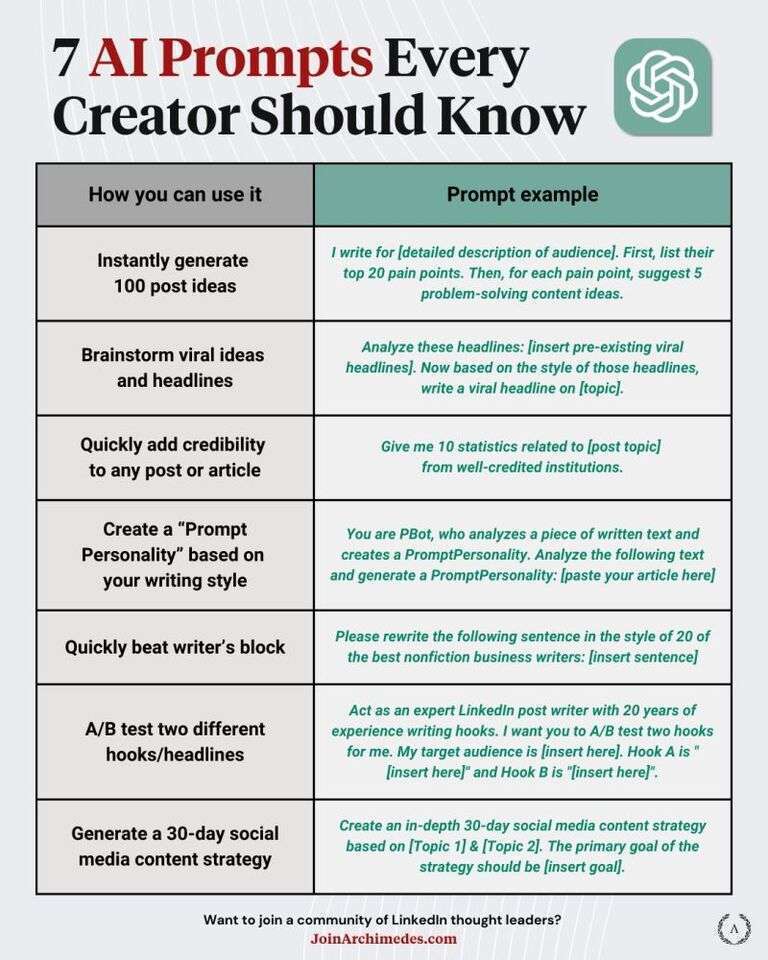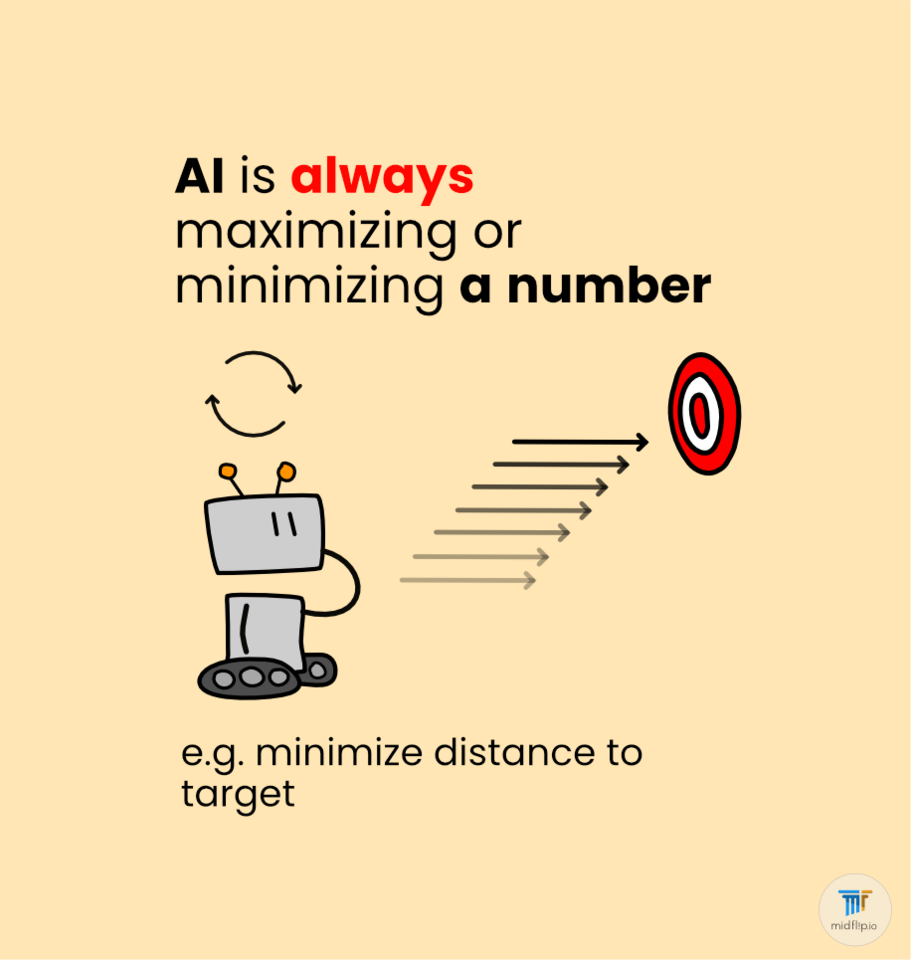I had a game theory professor who was very mean. A real, cold, calculating, bastard. He made students cry regularly. I liked him. Don’t ask why, we are very unalike I swear.
I went to his office hours often. I picked his brain about game theory and evolution. His cynical nature and general sharpness gave him unusual opinions. Indeed, I have never heard his theories outside of his office. Anything that was not rigorously mathematic was not worth publishing (in his opinion) and so his evolutionary psychology ideas never saw the light of day.
This article delves into his theory of emotions. It is rather simple. Though I warn you that it is as cold, calculating and as cynical as he was. While there are many theories of emotions, I have not heard his explanation anywhere else. Although perhaps I have not searched hard enough.
Regardless, I believe that his game theory explanations are generally correct, and they have helped me in dealing with my own emotions… albeit, they have also filled me with existential dread from time to time.
The horse and its rider
I don’t particularly remember how the conversation started. But we got on the topic of emotions. I brought up the old (roman?) metaphor about emotion.
You are riding a horse. You are you. The horse is your emotions. You must control your horse, or your horse will control you. If you are not careful, it will take you to places you never intended. Control your horse.
“F%&$in Stupid” my professor said.
The metaphor was too simple for my professor’s liking. It did not get to the core of emotions. To my professor the following is true.
The horse and you are a part of the same system.
The horse is there for a reason.
Each emotion is there for a different reason.
The purpose of the horse is to override YOU. Not the other way around.
To control a horse and to control an emotion takes fundamentally different strategies. Force of will does not work with emotions.
Sledding in the snow
My professor described his model, starting with this metaphor.
When you sled in the snow, you create an indent behind you. A plowed path. When you climb back up and sled again, you tend to follow the same path. You fall into it and dig the indent deeper. Each run defines the path better and increases the likelihood that you will take that path again. To choose a different path requires conscious work and effort.
Our brains are like this too. Once a habit is established it is easy to follow it along. You tend to follow the same behavioral patterns in the same situations. Given input X you produce behavior Y. Each time you do so, you increase the likelihood of doing the same again. Of course, you can fight this with conscious work and effort, but the rule generally applies.
My game theory professor thought that this was fundamental to how our brain’s work. Explore and exploit. You explore possible strategies, until you find one that works, then you exploit that strategy and fall into a habit.
Evolution’s problem
My professor: “Let us imagine five hundred million years ago, brains are just emerging. They are communication systems to coordinate the behavior of multicellular organisms. They are at this point in time, stupid, even stupider than you.
Some situations these brains don’t get enough data to learn a strategy.
Other situations, these brains see all the time. They quickly learn habitual strategies.
Regardless, these brains are so stupid, It is unlikely that they have found the game theoretical optimum strategy.
Now let’s take evolution. Evolution is a learning algorithm with more feedback data than any brain. It has more data because it “sees” many lives over millions of years. It can figure out game theoretical optimum strategies to common situations.
Now let’s imagine evolution is a top-down designer (it’s not but let’s imagine it is). Evolution wants its brains to prosper. Its best bet is to embed game theoretical optimum strategies into the brains it creates.”
The idea then is that in certain situations, embedded circuits will kick your brain onto a different sledding slope. One with different embedded routes in the snow. One that results in different behavior with a “better” game theory optimum.
This would indicate you are a different you when an emotion takes hold. You are using different “pathways” within your brain. Pathways that have been optimized towards some strategy. You do not control your emotions. Emotions are evolution’s tools to control you!
Now we are going to dive into different emotions and their game theory optimums. I will present my professors and/or my own explanations of each emotion. Keep in mind this simplified model certainly does NOT capture all the intricacies of evolution and its tinkering. Other explanations are sure to have valid points also.
Anger
First, anger. Anger to my professor was very clearly a game theoretical optimum strategy. One he delighted in triggering.
You see there are a set of game theory games where the simple “logical” choice does not get you the best results. Instead, the best results come from convincing your opponent/partner that you are crazy. So crazy that you would make illogical decisions to punish them. If you can convince your opponent/partner that you indeed crazy, then their “logical” move is to backdown and give you more than if you were not crazy. This is also the basis of revenge. If you can convince people that you will go to insane lengths to exact revenge, then yeah people don’t want to mess with you, and will generally treat you better.
Anger fits this pattern perfectly. It sends the signal “Hey I’m not in control of myself, and I might do something crazy, so don’t f$#& with me.” It pushes you into a game theory optimum strategy.
Love
Love is similar to anger as a game theory optimum strategy. It is a signal to the loved one that you are crazy about them. That you will do things for them that are illogical and over the top. This is an effective optimum strategy in multiple ways.
It is effective to evolution because the loved one is often carrying or shepherding your DNA. Crazy strategies on their behalf give them an edge.
It is a signal to a partner that you will stay with them even when times get terrible. Knowing this will allow them to risk more. Women in particular need a signal that men are going to stay with them and the child. Love is a signal that is hard to fake, because it drives you to high-risk behaviors.
It is also a signal to others that you will go crazy if they mess with your loved ones.
Anxiety
Anxiety to my professor, was like a barrier to entry. You are going to make a power play or some risky strategy. Anxiety is your body saying, “watch out, this is risky.” It then prepares you for a fight or flight response. If you can overcome the anxiety, then the risky move is deemed worth it. Generally, anxiety is misaligned in our modern world. It triggers when you are making moves that are really (in the grand scheme of things) not that risky. You no longer live in a tribe where everyone knows you and remembers every little thing you have done.
Happiness
If you are performing the same routine habitual behaviors over and over again, there is a problem. You do not explore. You do not find new strategies. Happiness to my professor was a social signal that says: “we are safe, let’s explore, and do things differently”.
Jokes, games, playing, running around, these are all behaviors that build off novelty. Happiness is like a meta strategy aimed towards finding new strategies. In most animals’ happiness is displayed as play. And play is generally some simulated toy “fight” or “hunting” situation. Happiness is encouraging exploration in important situations within safe circumstances.
Fear
In some ways, fear is the opposite of happiness. It says this is a risky situation, do not do anything novel or new. It says do not explore, stay down. It prepares your body for fight-or-flight. It keeps you uncommitted to action until the last moment, at which point, fight-or-flight emerges. Generally, this is a game theory optimum because drawing attention to yourself in “fearful” situations is extremely dangerous. We are a social species. If we were being hunted, the hunter often had to pick one of the many tribe members. Fear keeps you from being picked.
Sadness
Sadness seems enveloped within the pain response, but along the social dimension. It teaches you to avoid these situations. It says: don’t find yourself in this situation again. According to other theories of emotions it is also wrapped up in the “depression / sickness” response and drives you to isolate yourself from other people. Personally, I get confused about sadness, I feel there is more here that I am missing. I guess it also is aimed to trigger empathy in others, but how does this connect to isolating yourself? If you have a better explanation, please edit this text (at midflip.io) and put it in.
How do you control something that is designed to control you?
There are many more emotions that we could discuss. In a future edit, perhaps I or someone else, can add them in.
For now, however, let’s discuss an important question. How do you control emotions when they are designed to control you?
My professor had the following insight: “Humans have evolved a flexible brain structure. In someways the romans had it right, you can wrestle control over your emotions, like a rider wrestles a horse. However, we should appreciate the difficulty of what we are trying to do. We are overriding a system that has evolved over 500 million years. A system that evolved to control us. Sheer force of will may not be enough to overcome this.”
He (and I) suggests the following:
First understand emotions. Understand that they are meant to control you. Understand that they are designed within evolutionary conditions which no longer apply. Understand that you will often fail to control them and forgive yourself for that. Controlling your emotions is hard.
Recognize when emotions are coming, recognize their effect, inspect your mental state as they overcome you. This is tricky. Essentially you have to keep your higher brain conscious during an emotional outburst, and then use that consciousness to study the emotional outburst. This at first will not alter your behavior. Instead, you are simply teaching yourself to keep the consciousness lights on during an emotional event.
Acknowledge the emotional situation. Your body has recognized a situation in which emotions are warranted. Do not ignore the situation. You must NOT say: “No, no, no bad emotions”. You must say: “yes emotions that is true, but…”. A strong leader does not ignore bad situations. A strong leader acknowledges them and acts accordingly. You must do the same. You cannot hide things from your own body.
Over time you will find that your understanding of emotions, your ability to say conscious, and your acknowledgment of the situation allows you to redirect. You can push the sled onto a different path in the snow. This is not easy, and often you will find yourself back on the old path. But with practice you can learn to redirect effectively.
In some ways this reminds me of controlling a child rather than a horse. Understand the child, recognize their situation, acknowledge their difficulties, and redirect their energy elsewhere. Do not yank them about. That will only cause tantrums and backlash.
There are more theories of emotions, and I am certainly not an expert. This article is posted on midflip. Midflip uses king-of-the-hill texts and liquid democracy to iteratively improve topics over time. If you wish to contribute and improve this article, please do so there!



Hot comments
about anything